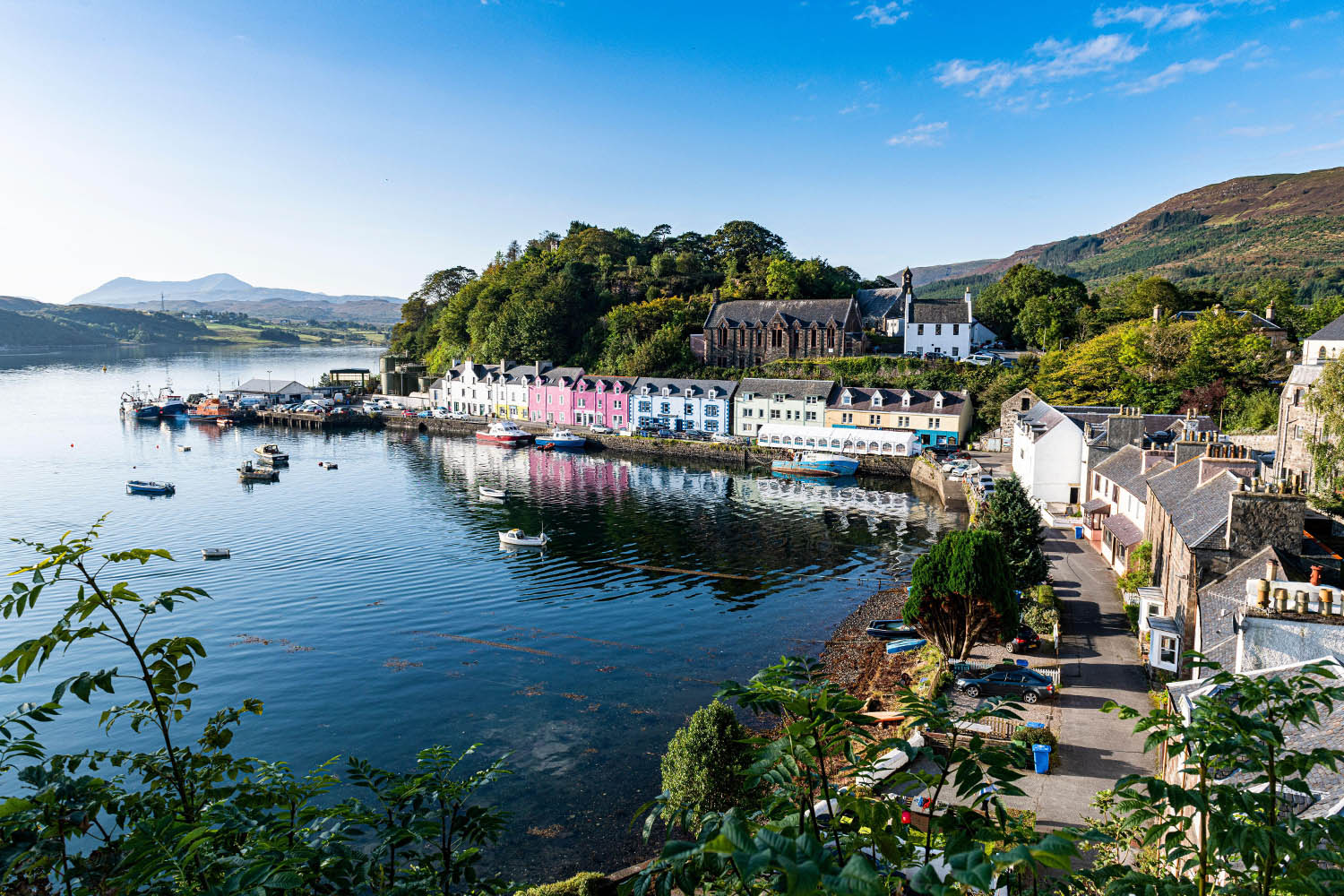With fairytale islands, white sand beaches, world-famous lakes and vibrant cities, it has been the holiday destination of choice for stars such as Margot Robbie, Serena Williams and David Beckham in recent months. US vice-president JD Vance arrived there last week for the next stage of his family vacation, on a sprawling estate in Ayrshire.
It may not offer a reliable tan, but Scotland has become the place to be this summer – midges and all. The most recent figures on Scottish tourism are from 2023, when almost 4 million international visitors set a new record. And Jill Walker, director of marketing and digital at VisitScotland, says early 2024 figures surpassed this by almost half a million, with anecdotal reports from this summer suggesting no slowdown.
The number of landowners in Scotland who mostly reside outside the UK, including US buyers, is on the up, as a share of all landowners: from 5.8% in 2018 to 7% in 2024, according to the Registers of Scotland.
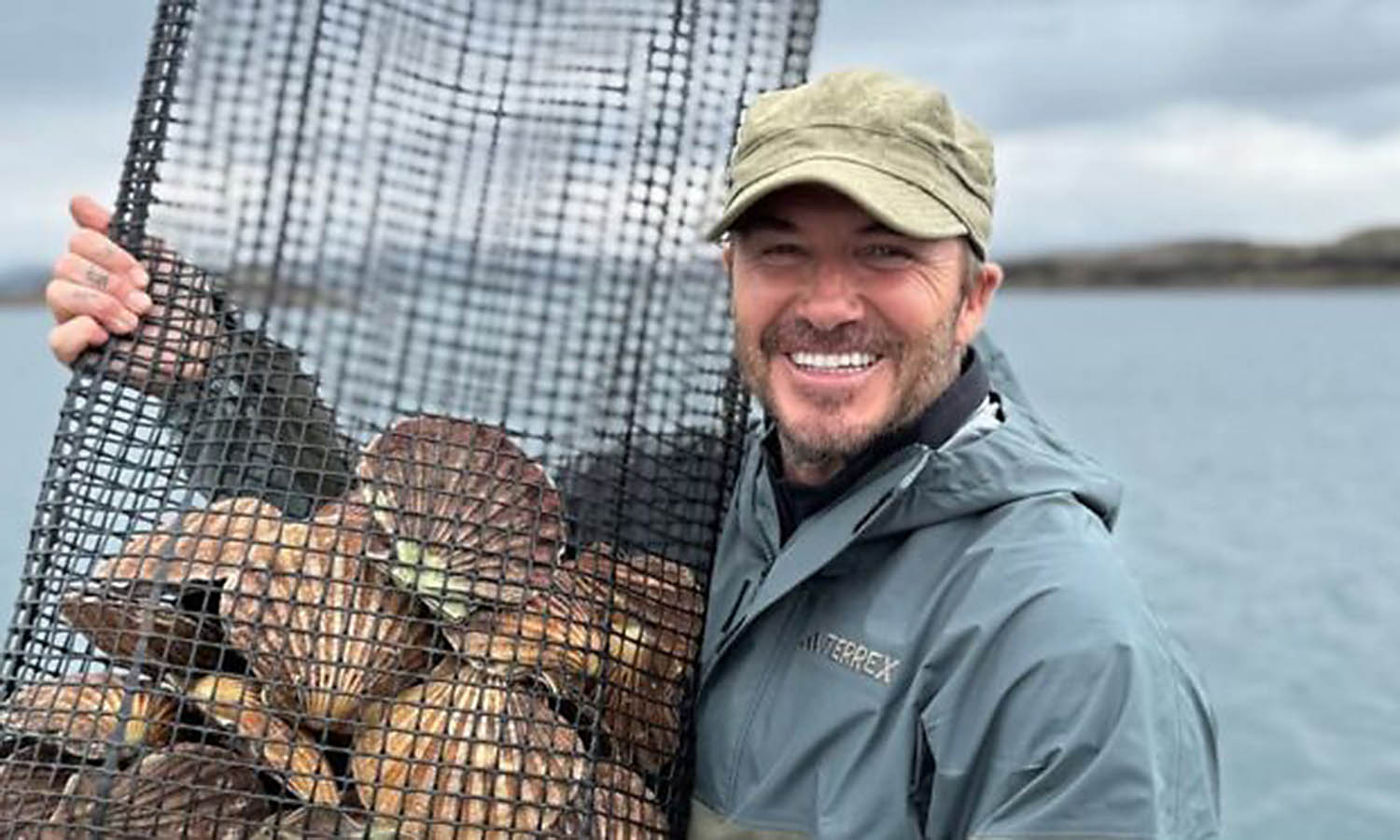
David Beckham on Scarba
Millions of social media users covet a slice of Scottish life: influencers such as Caroline McQuistin and designer Ben Pentreath have collectively racked up millions of Instagram views and likes this summer, sharing snippets from Skye and Orkney. McQuistin, who lives in a remote cottage on Skye with her dog, Nuala, posted a video on Instagram inviting her 340,000 followers to watch her “battening down the hatches” as a storm hit the island earlier this month, causing her to lose power at home for several hours.
Emily Chalmers grew up in the Highlands. Now based in Inverness, she shares videos and photos under the handle @emilyinscotland with more than 270,000 followers combined on Instagram and TikTok. “Over the past couple of years, I’ve noticed a huge rise in engagement whenever I post about Scottish travel – and my account has really grown in the past year or so.
“TV shows and films have played a big part in sparking global interest: Outlander and Harry Potter are two that come to mind. Scotland offers a great mix of history, culture and nature that many other countries don’t have, so people see it on social media and want to visit.”
Margo Paterson, chief executive of Hostelling Scotland, also puts Scotland’s popularity down to the diversity of what it has to offer. “You can be in a vibrant city and an hour later find yourself alone on the banks of a loch with only eagles for company,” she says. “There’s nowhere quite like it.”
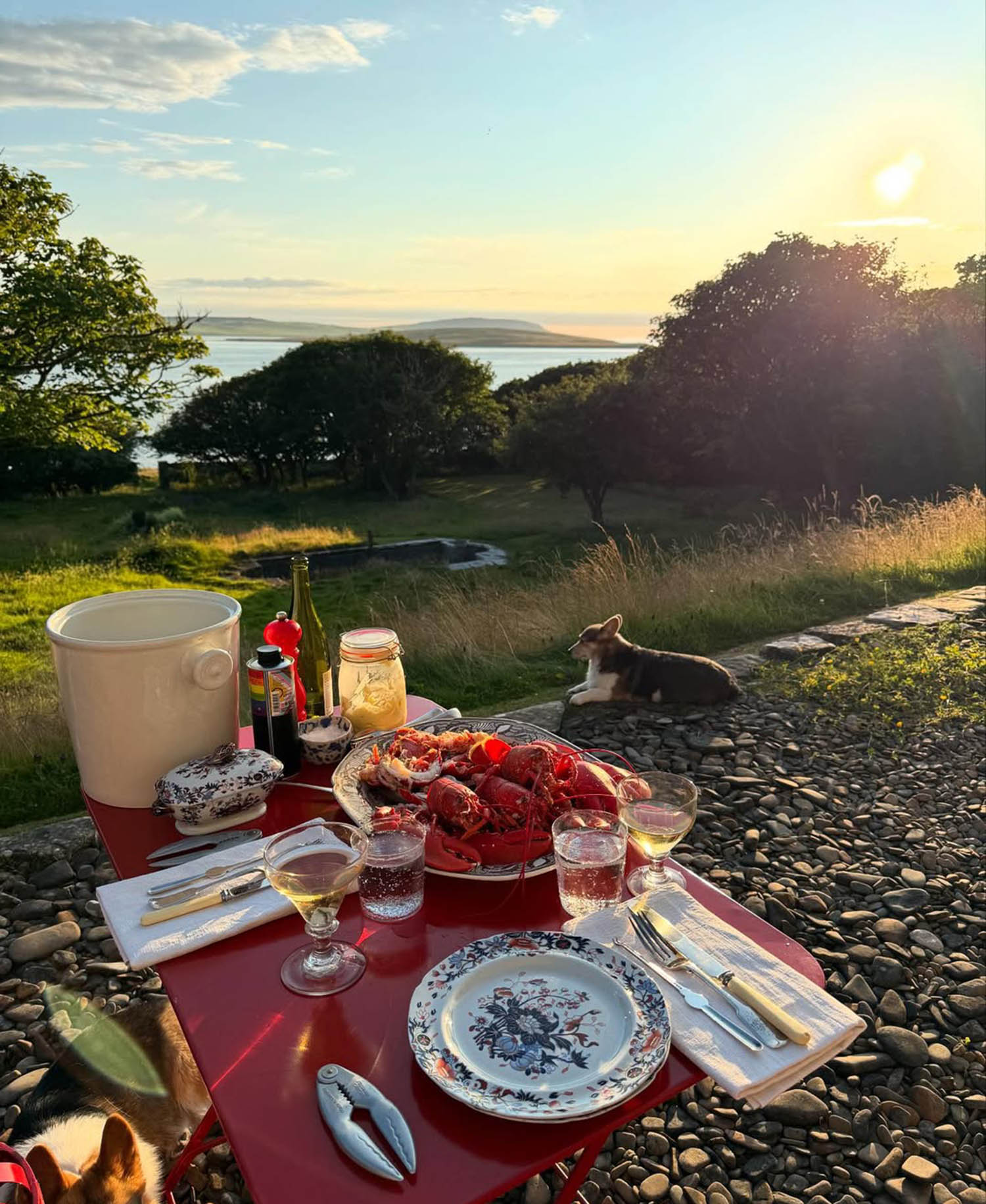
Picnic time on Rousay
Demand for remote hostels is higher than ever, Paterson says, with a growing appetite for going off-grid and an increasing number of influencers advocating outdoor adventure and sport. But it’s not all fresh air and beauty: in some of Scotland’s most popular tourist destinations, locals have begun feeling the squeeze. In Edinburgh, where one in 10 city centre properties is an Airbnb, a tourist tax will come into force next year after campaigning by residents.
Further north, people living on the popular North Coast 500 driving route have been campaigning for improved waste infrastructure and vehicle levies since visitor numbers ramped up after the pandemic. “We used to have sustainable, responsible camping and visitors in B&Bs bringing money into the community, which was a good thing,” says Robin Pettigrew, who lives in Lochcarron, near the beginning of the route. “But the North Coast 500 was a complete victim of its own success.”
Now, he says, communities like his see substantial numbers of motorhomes and camper vans parking in beauty spots without the infrastructure to support them, and visitors are more likely to pass through without spending any money.
Scotland travel blogger and podcaster Kathi Kamleitner offers an itinerary-planning service for visitors, in part to encourage travel to lesser-known spots and so ease overtourism. Her clients are often “surprised and a little overwhelmed” to discover how much there is to do, she says. “Everybody can have their own Scotland experience – completely different from the next person.”
Kamleitner puts the increase in visitor numbers down partly to Scotland’s concerted marketing of itself over the last decade as “a place of vast, untouched wilderness to escape to”. But there are also global factors at play.
“Another trend I’m noticing, especially with visitors from Europe, is the rise of coolcations – instead of spending summer holidays in increasingly hot countries like Italy or Spain, Europeans are travelling to Scotland in search of cooler summer temperatures.”
VisitScotland is certainly hoping that the boom is year-round. “We know there can be pressure points in some places, particularly at certain times of the year, and we [work] to understand and manage those,” Walker says. “We encourage visitors to explore different parts of Scotland throughout the year so that all areas of the country can equally enjoy the benefits of tourism.”
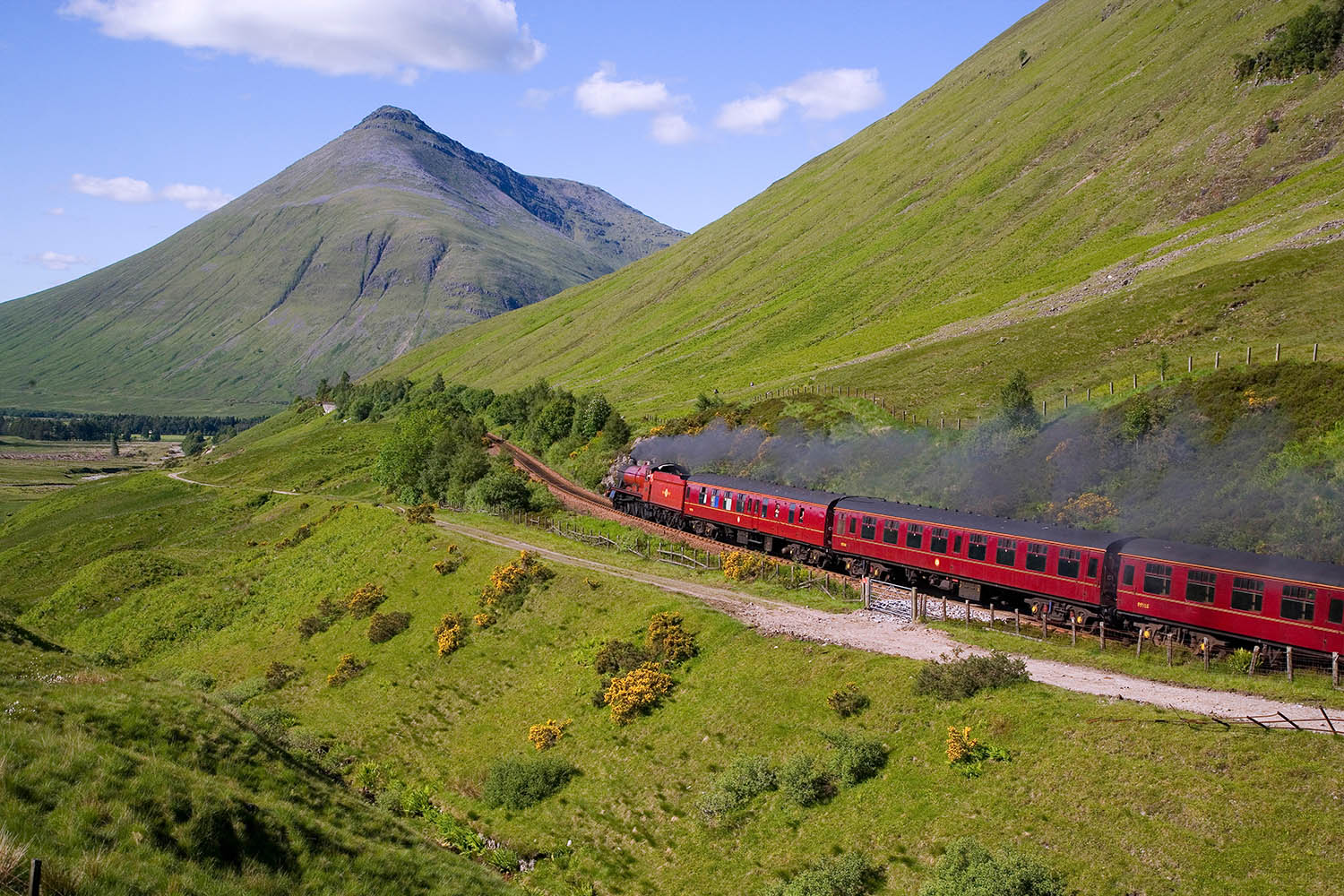
Hogwarts Express seen at Auch, near Tyndrum
Lochs, flocks and whisky barrels
GlasgowThose seeking a city base for their holiday are increasingly turning to Scotland’s “second city”, Glasgow, says Ben McLeod, general manager at Glasgow’s Social Hub hotel. “You can be almost anywhere in the country within a couple of hours, and that’s really attractive to visitors.”
MullThere is a growing demand for island destinations, travel blogger Kathi Kamleitner says, especially the Isle of Mull in the Inner Hebrides. It has a reputation for good food and accommodation, with interest spiking in April when the Prince and Princess of Wales spent their 14th wedding anniversary there.
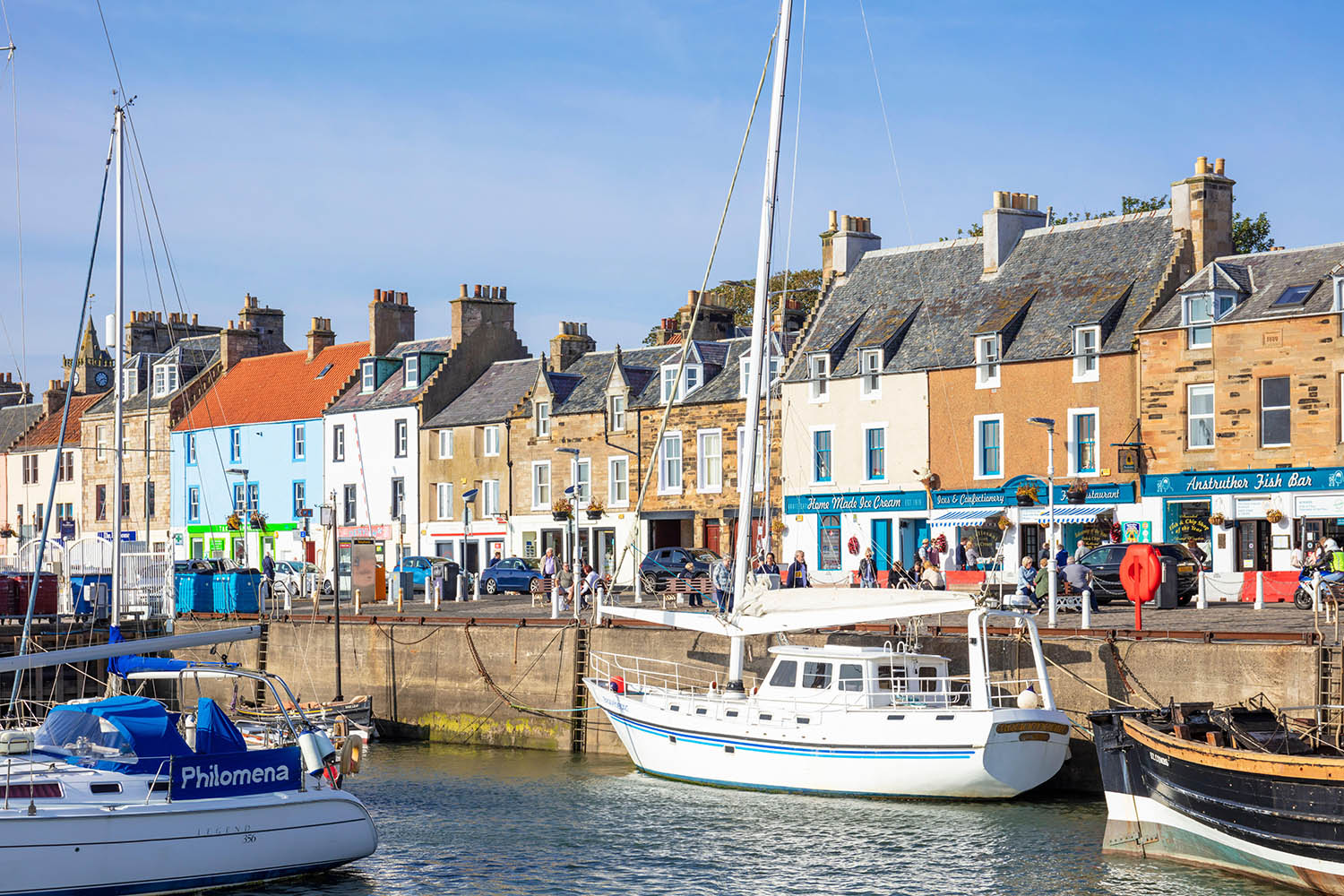
Anstruther harbour
East Neuk of FifeJust over an hour from Edinburgh, the East Neuk sits on the Fife Coastal Path, with sandy beaches, rugged cliffs and picturesque fishing villages. Among them, Anstruther and Pittenweem popular on social media for their mix of tradition and fashionable bars, restaurants and galleries.
Scottish BordersWithin easy reach of England, the Borders’ rolling hills and historical sites are beginning to entice more visitors into looking south. A trend towards sustainable, car-free travel means that more visitors seek out destinations with developed infrastructure, Kamleitner says.
Lewis and HarrisThe Isle of Skye has seen tourist numbers explode over the last decade, but visitors are increasingly searching for something even more remote, with many venturing out to Harris and Lewis in the Outer Hebrides for their mountainous landscapes, cycling and walking routes, and world-beating beaches.
Photographs by Robert Harding/Alamy, @davidbeckham/Instagram, @benpentreath/Instagram, Dennis Hardley/Alamy
